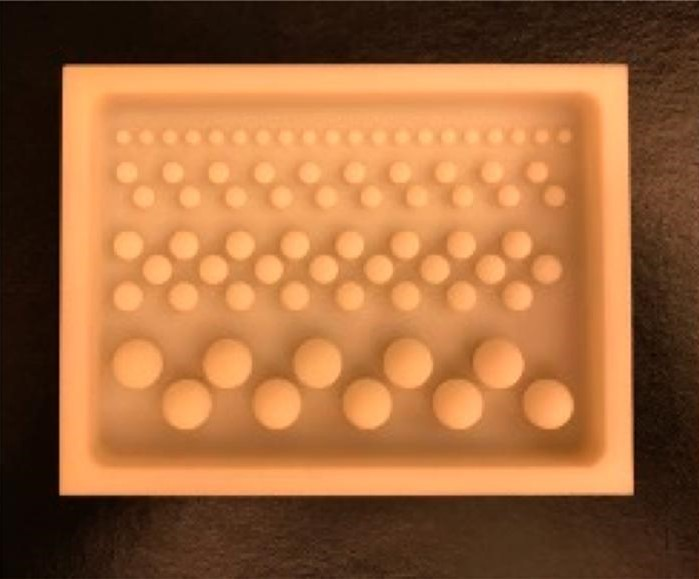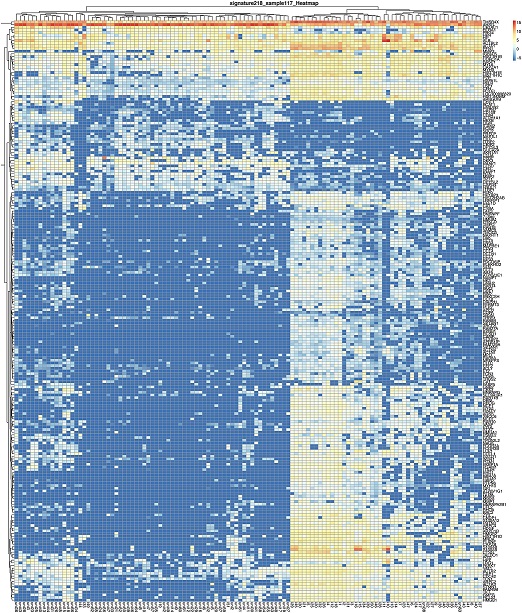Periprosthetic joint infection (PJI) remains a challenging complication in orthopaedics. These infections are often related to low-virulence organisms, and the search for reliable diagnostic tests continues to be paramount. Joint aspiration has been a starting point for
Category: Infection

The incorporation of antibiotics within polymethylmethacrylate (PMMA) has been widely used over recent decades for managing infection following skeletal trauma. Early research helped to

Every month, JBJS publishes a review of the most pertinent and impactful studies published in the orthopaedic literature during the previous year in 14 subspecialties. Click
Co-author Anne R. Bass, MD discusses the new JBJS study “Periprosthetic Joint Infection Is Associated with an Increased Risk of Venous Thromboembolism Following Revision Total Knee
I was once told that if you don’t have any cases with complications, you either aren’t operating enough or aren’t following your patients. Although we

